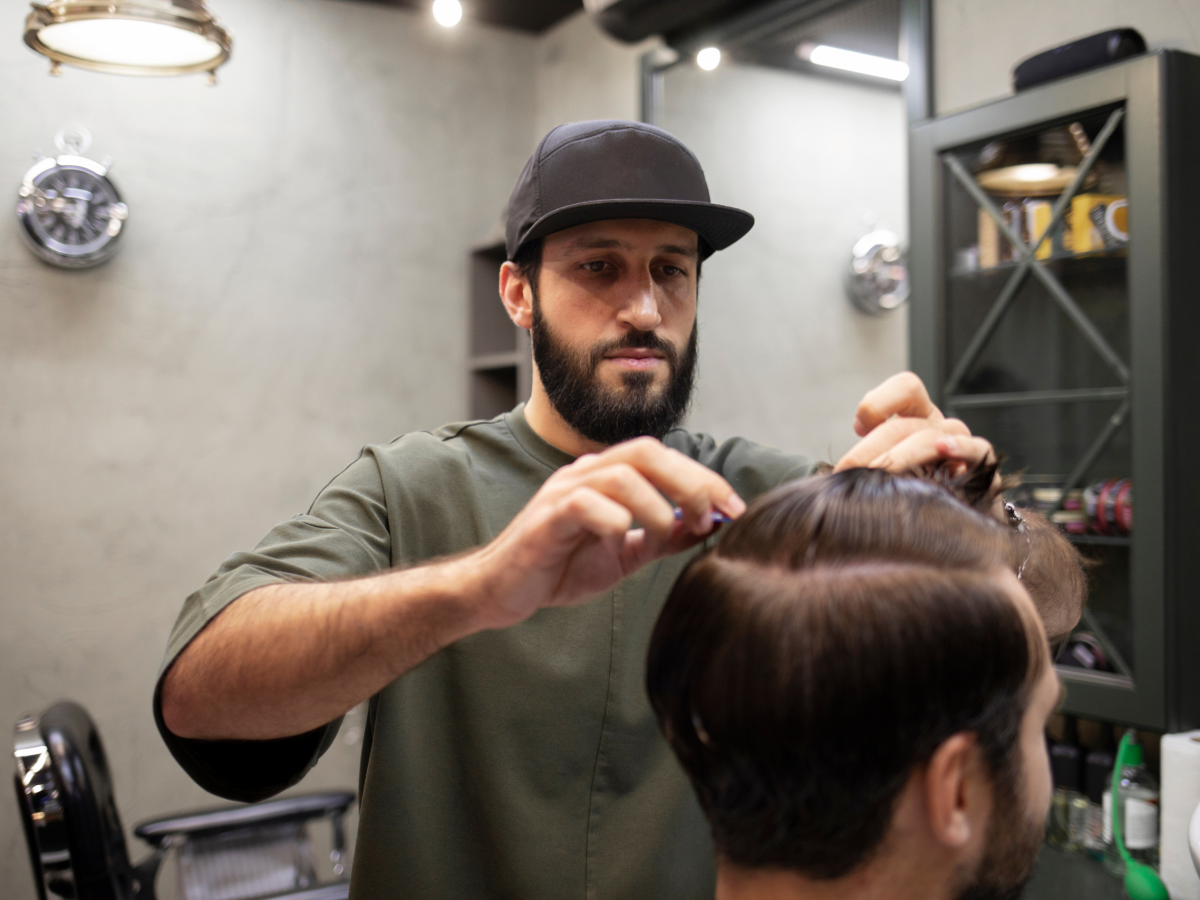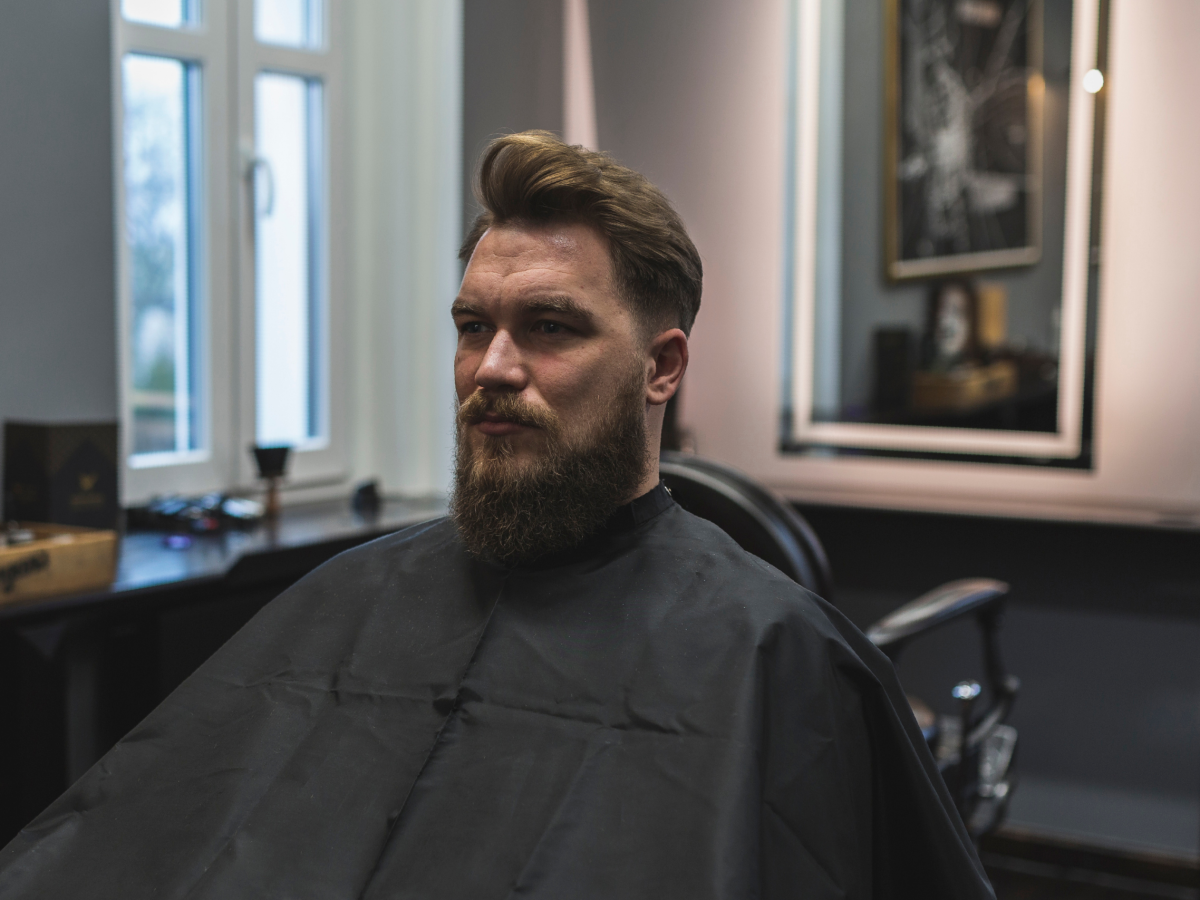
A well-faded beard is more than just facial hair — it’s a statement of style, precision, and confidence. It’s that clean transition from your haircut into your beard that makes you look sharp, structured, and effortlessly groomed. And while it might look like something only a barber can master, the truth is: with the right tools, technique, and a bit of patience, you can fade your beard like a pro — right at home.
Whether you’re going for a subtle blend or a bold, modern fade, this guide breaks down everything you need to know to get that crisp, barber-quality finish every time.
1. Start with the Right Tools
Before you start trimming, make sure you’ve got the proper setup. You don’t need a full barbershop, but quality tools make all the difference.
You’ll need:
- A good trimmer with adjustable guards (a must for even blending).
- A precision razor or detail trimmer for sharp edges.
- A comb or brush to lift your beard hairs evenly.
- A mirror with good lighting (and ideally, one with magnification).
Pro tip: Invest in a corded or professional-grade trimmer. Cheap clippers tug and leave uneven lines — a guaranteed fade fail.
2. Understand the Beard Fade Basics
A beard fade works the same way as a hair fade: the length gradually transitions from shorter near the sideburns to longer toward the jawline or chin.
The most common fade styles include:
- Low Fade: Starts just above the jawline — perfect for subtle, natural transitions.
- Mid Fade: Begins near the cheekbones — balanced and clean.
- High Fade: Starts close to the temples — bold, sharp, and modern.
Decide on the fade height that suits your face shape and haircut. If you’re rocking a skin fade on your head, match it with a mid or high beard fade for a cohesive look.
3. Start with a Clean, Dry Beard
Always begin with a washed, completely dry beard. This ensures your hair is sitting naturally and helps you see your true growth pattern.
Use a beard shampoo and conditioner to soften the hairs, then pat dry. Comb it through to detangle and evenly distribute the length before you start trimming.
4. Trim in Layers — Don’t Rush It
This is where the magic happens. The key to a perfect beard fade is blending the lengths smoothly.
- Start with a higher guard (like #4 or #5) on your trimmer and trim the lower portion of your beard — typically around your jawline and chin.
- Switch to a shorter guard (#2 or #3) as you move upward toward the cheeks and sideburns.
- Continue decreasing the guard size gradually until you reach your fade line — where your haircut and beard meet.
Use gentle, upward flicking motions to blend the different lengths together. Don’t press too hard; let the clippers do the work.
Pro tip: Always fade upward, not down. It’s easier to blend when you start long and work shorter.
5. Clean Up the Edges
Once your fade is blended, define the shape. Use a detail trimmer or straight razor to sharpen the cheek lines, neckline, and moustache edges.
- For your cheek line, follow your natural growth and avoid over-shaping — sharp, natural lines look more modern than perfectly curved ones.
- Keep your neckline clean. A general rule: fade it just above your Adam’s apple for a balanced, professional look.
Finish by brushing away loose hairs and inspecting your fade under different lighting to make sure it’s even on both sides.
6. Maintain the Fade
A great fade doesn’t last forever — facial hair grows fast! To keep it looking crisp:
- Touch up every 3–5 days using the same guard sequence.
- Moisturize your beard daily with a beard oil or balm. This softens the hair and prevents irritation.
- Comb it regularly to maintain shape and prevent patchiness.
And don’t forget — your beard and haircut should always work together. Even the best fade looks off if your head hair isn’t tidy. A quick trim at your barber every few weeks will keep everything balanced.
7. Know When to Let the Pros Handle It
If you’re new to fading or want that ultra-clean, detailed look — book a session with your local barber. Watch their technique, ask for maintenance tips, and use that as your guide for home touch-ups.
Professional barbers can also show you how to match your fade to your face shape — whether that means keeping the sides tighter for round faces or fuller around the jaw for square ones.
Final Thoughts:
Mastering the beard fade isn’t about perfection — it’s about precision and patience. With the right tools and technique, you can easily maintain a sharp, masculine look between barber visits.
Remember: your beard is an extension of your style. Keep it clean, blended, and well-groomed, and you’ll always look like a man who’s got it together.
Because when it comes to grooming in 2025, the modern Aussie man doesn’t just grow a beard — he fades it with finesse.


